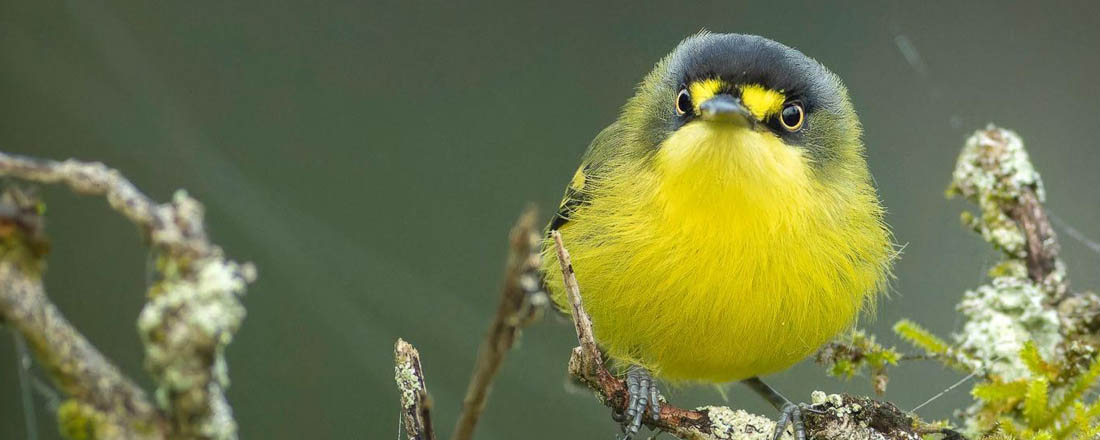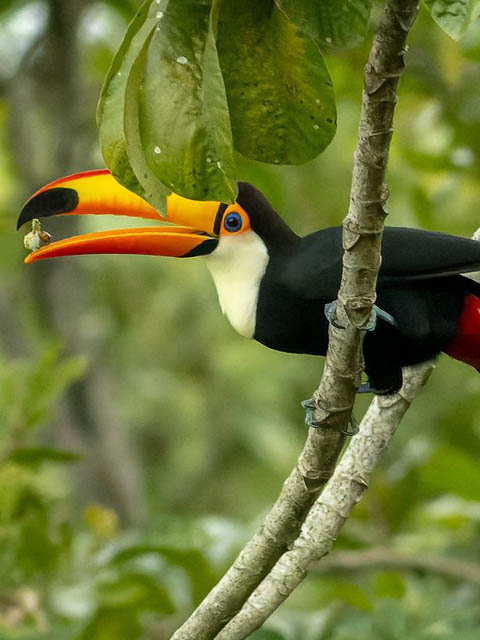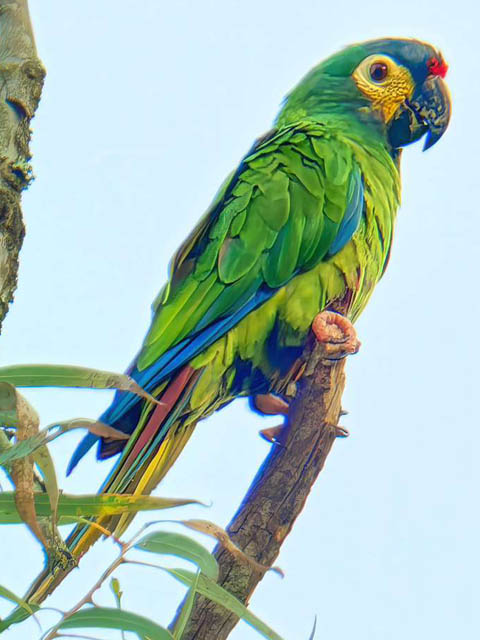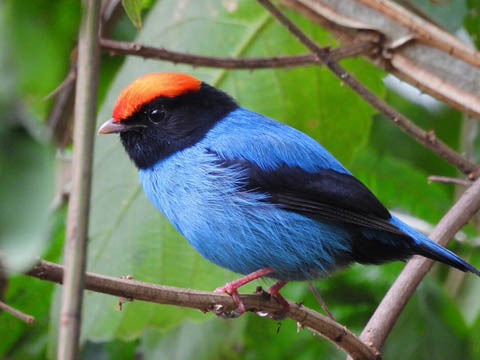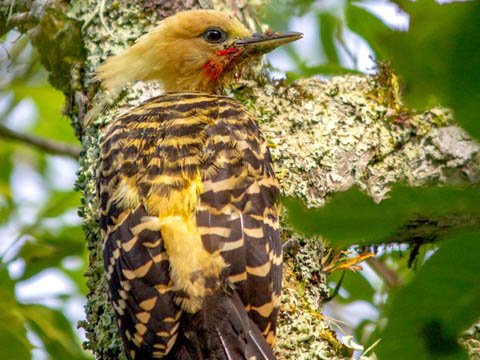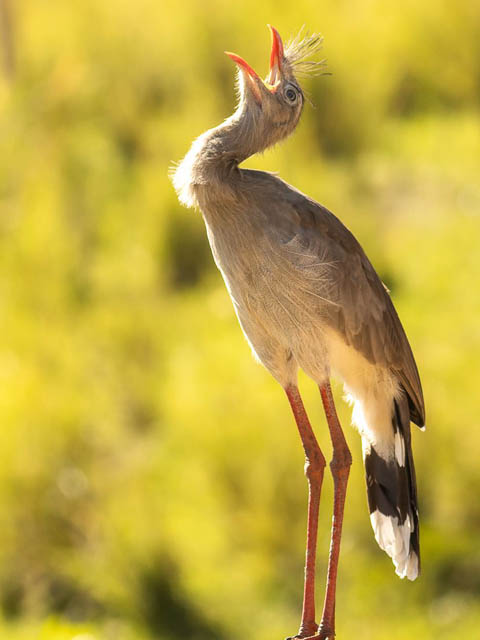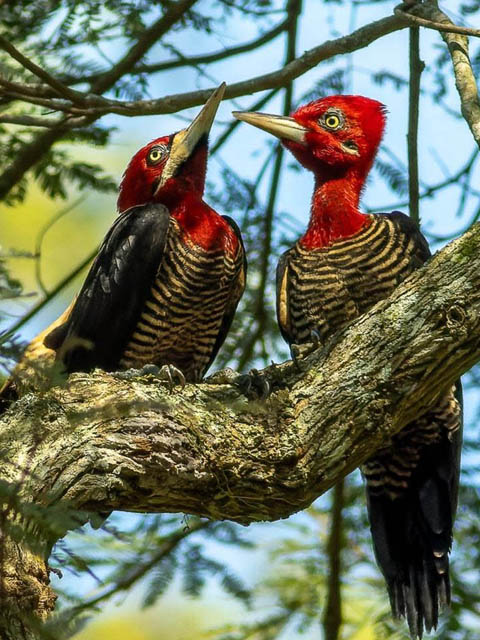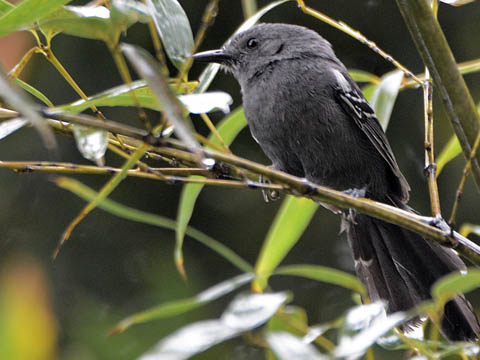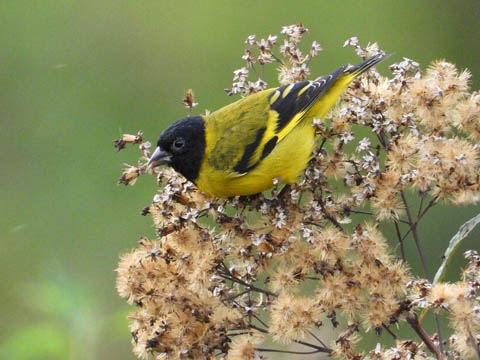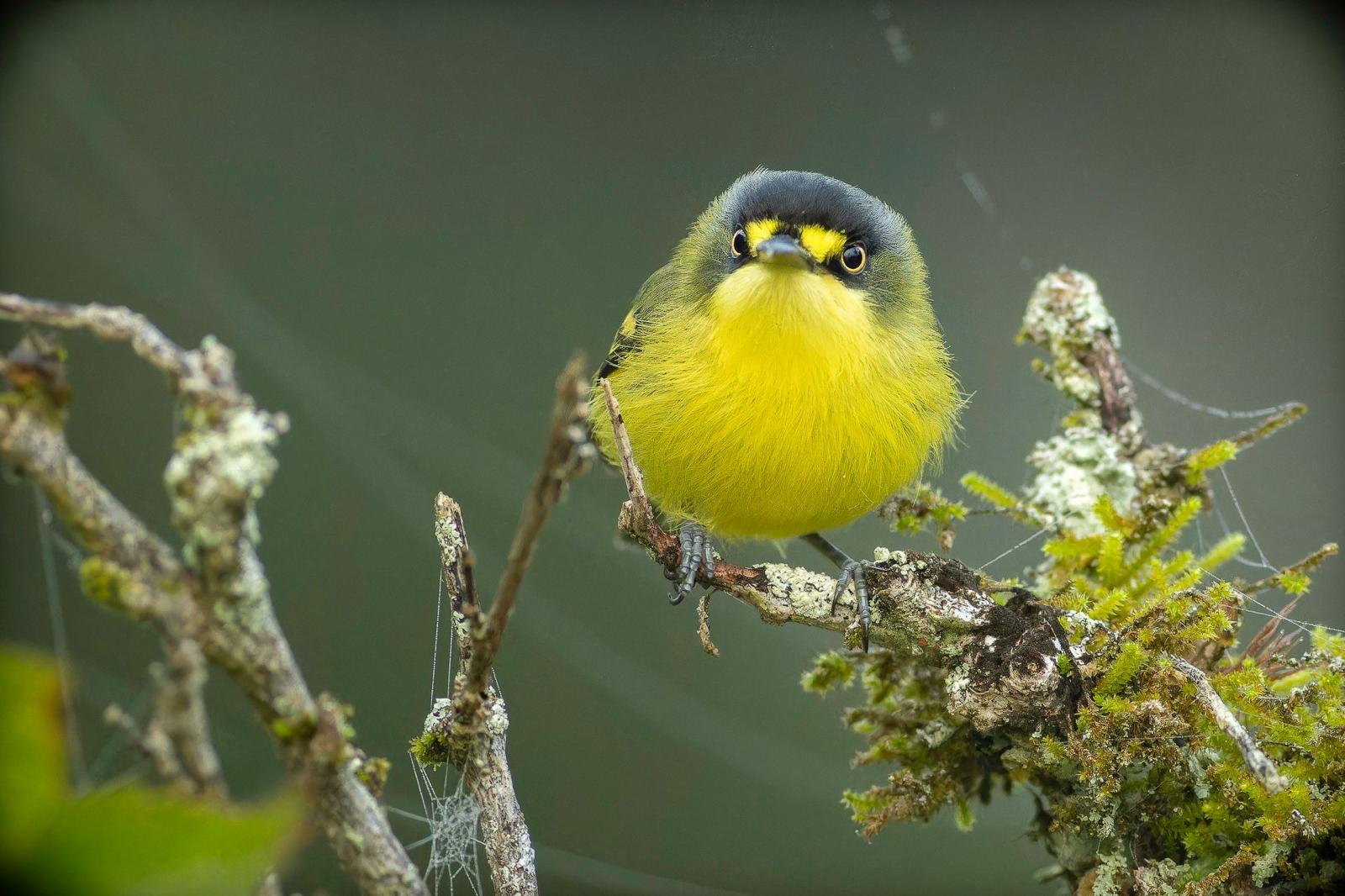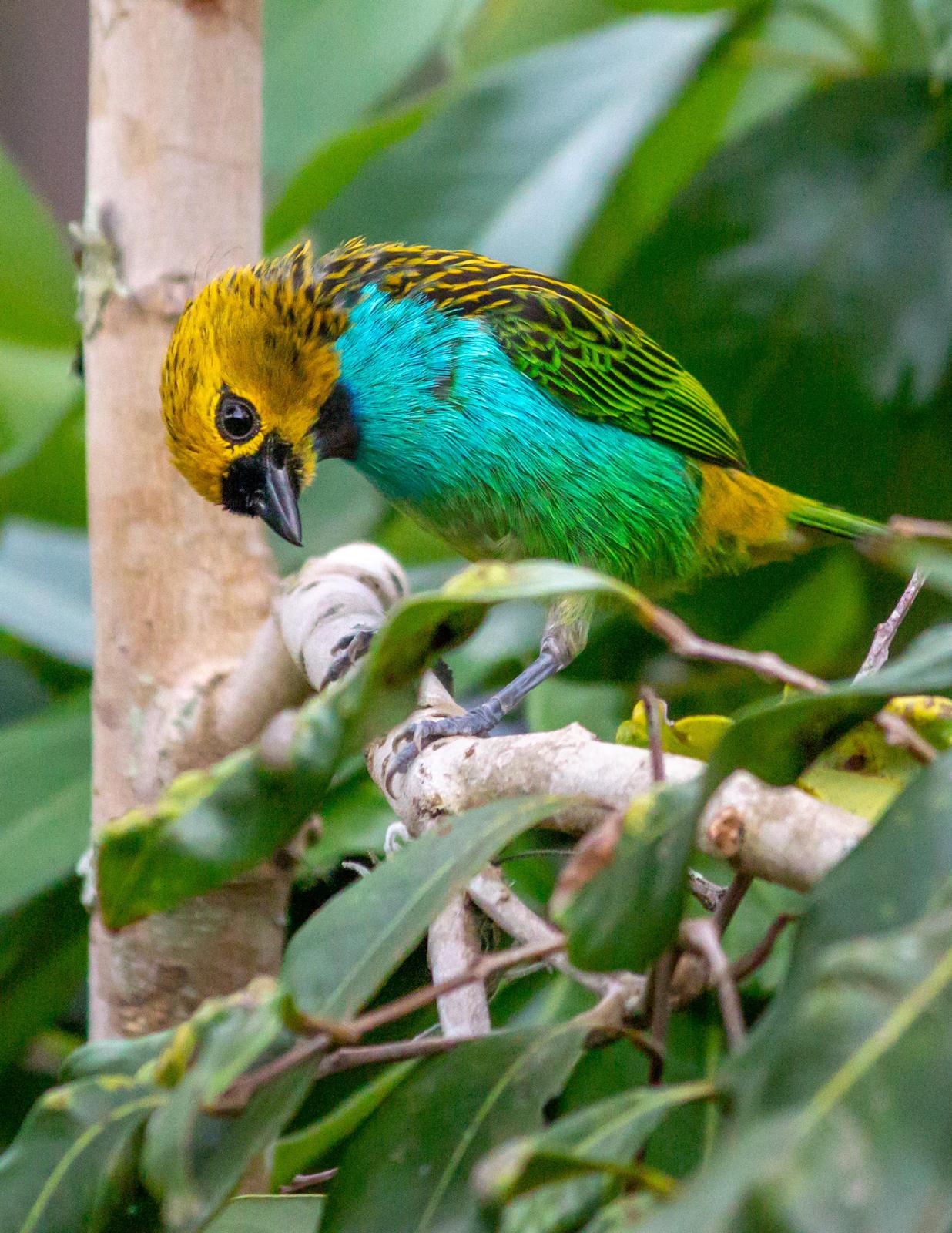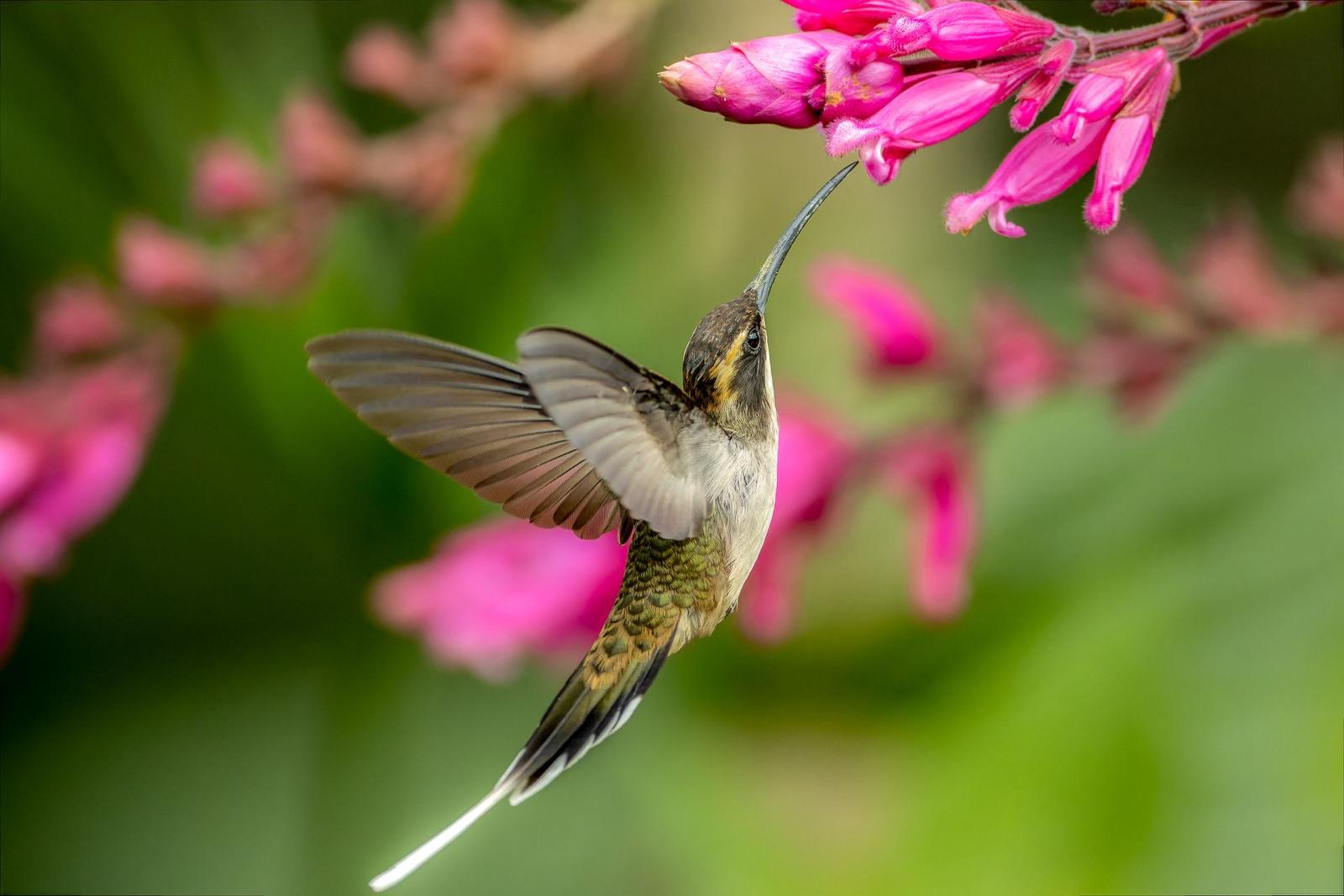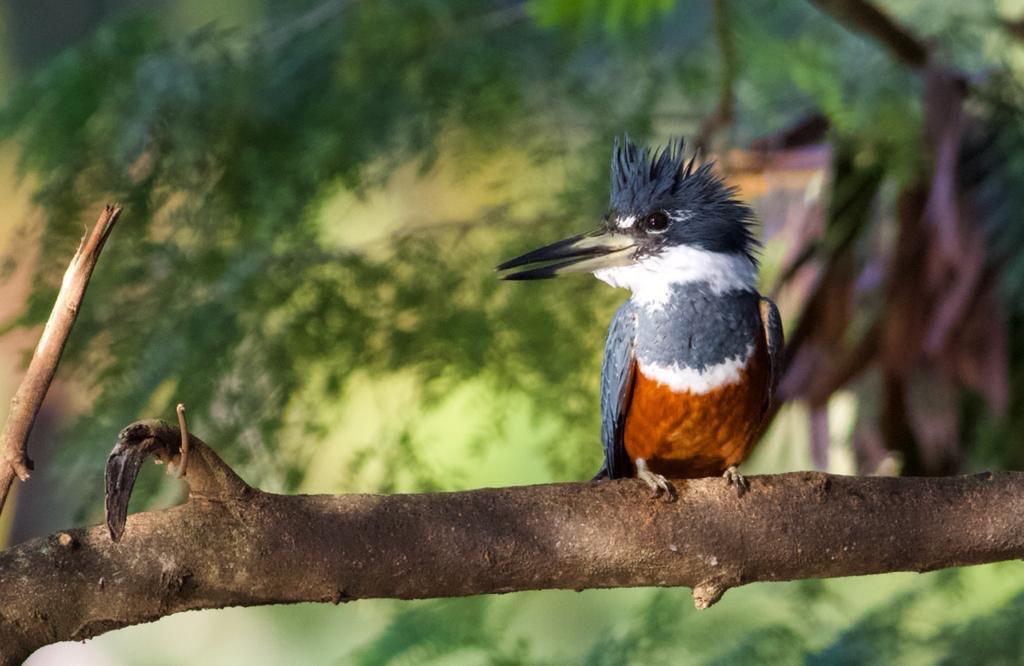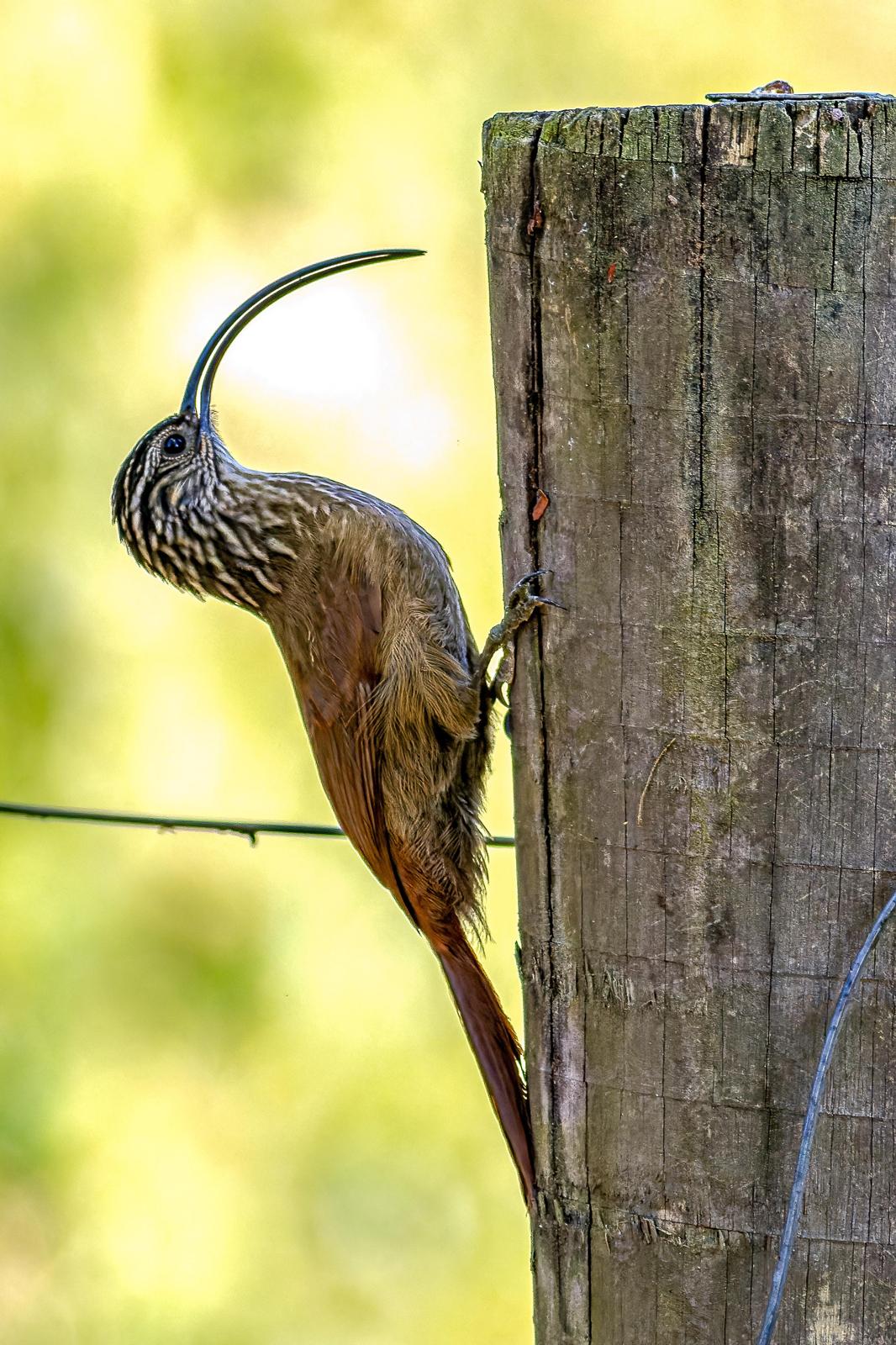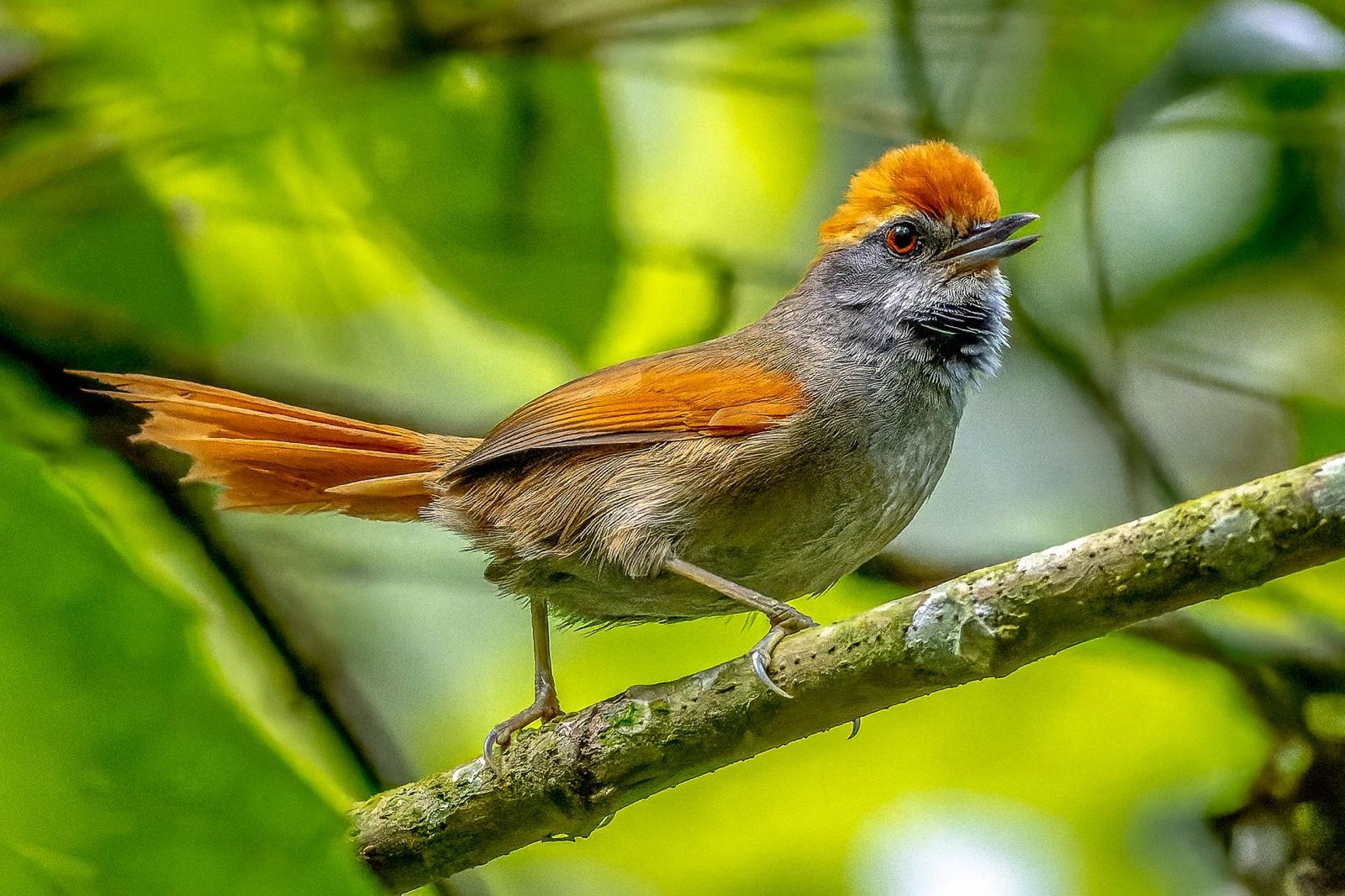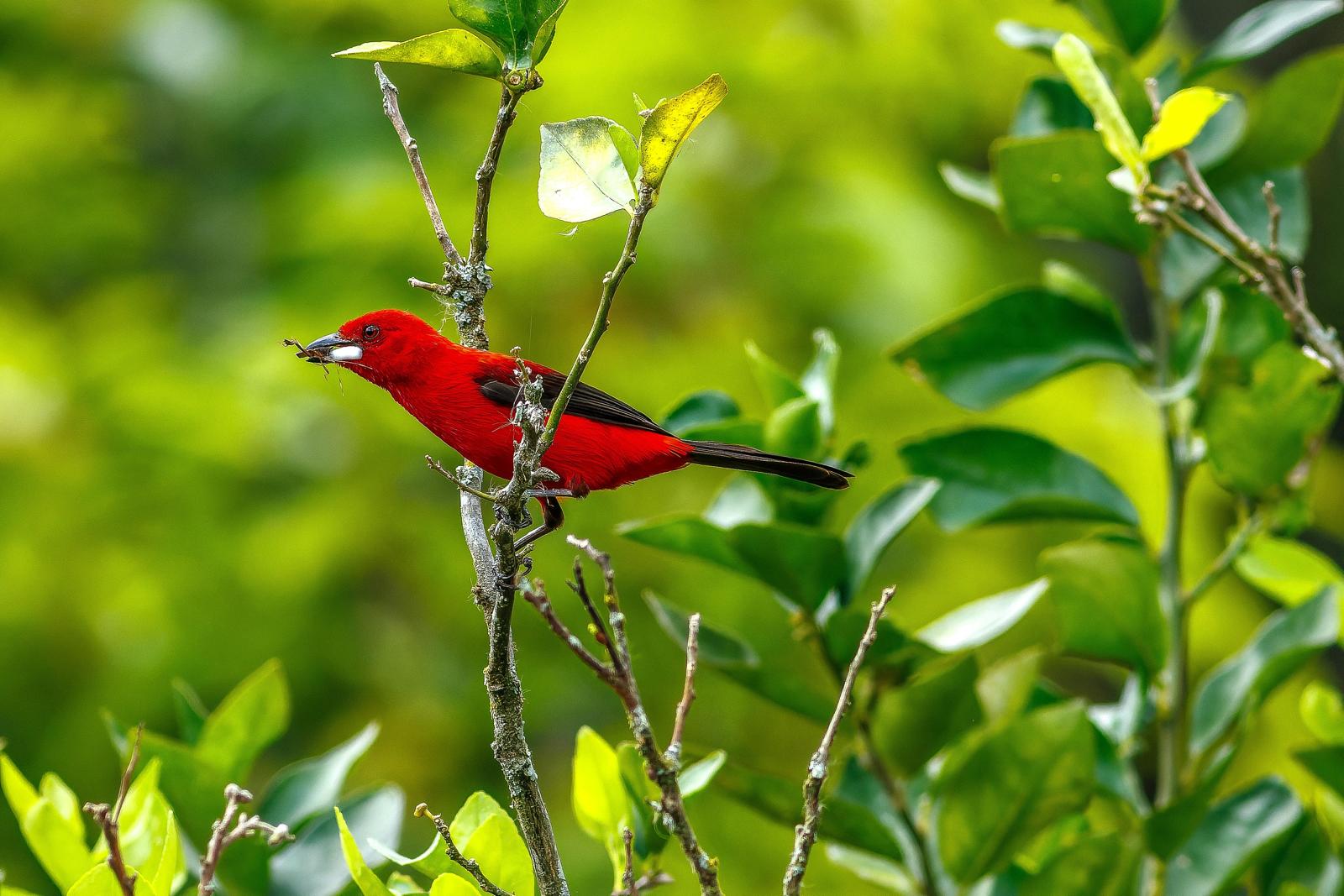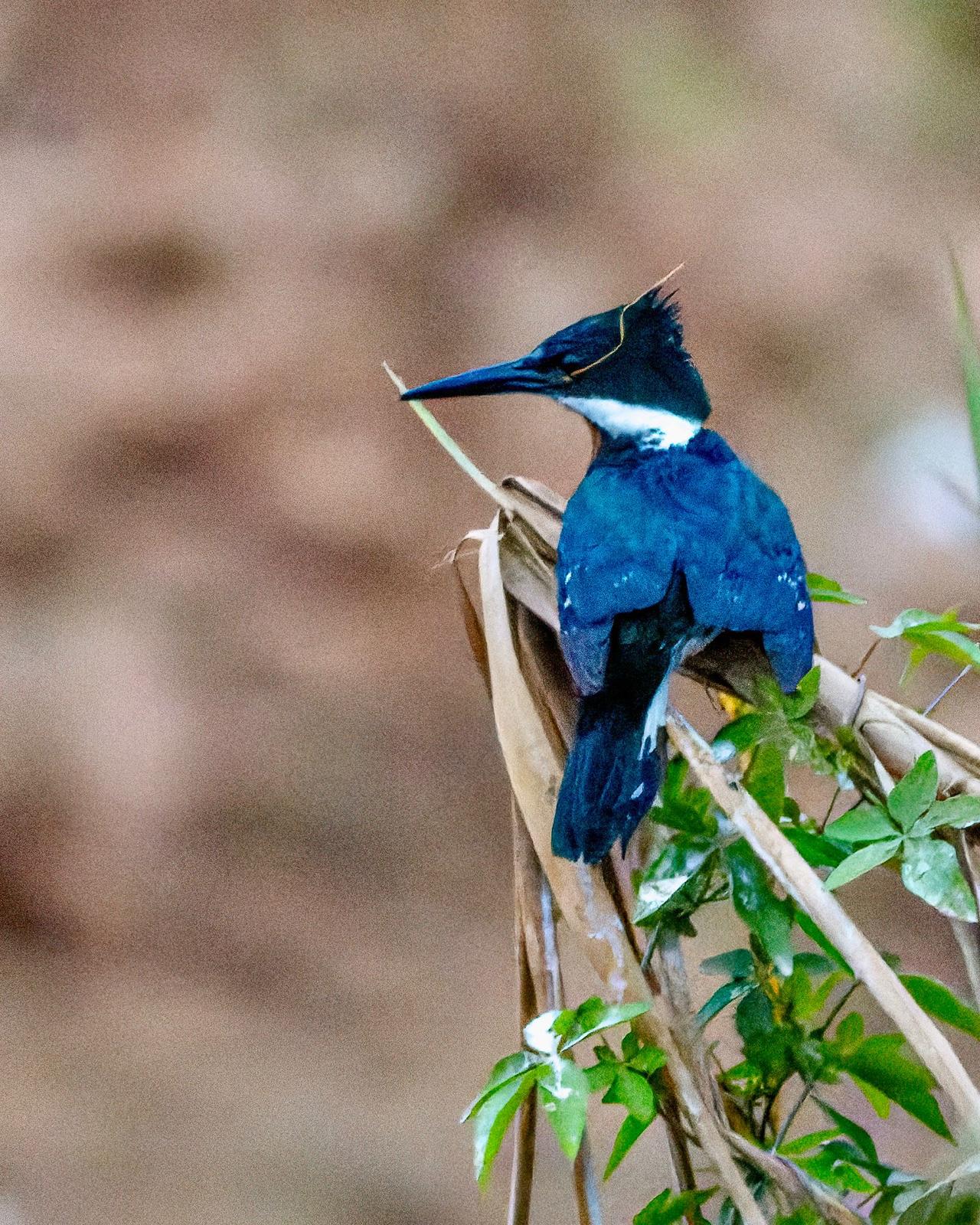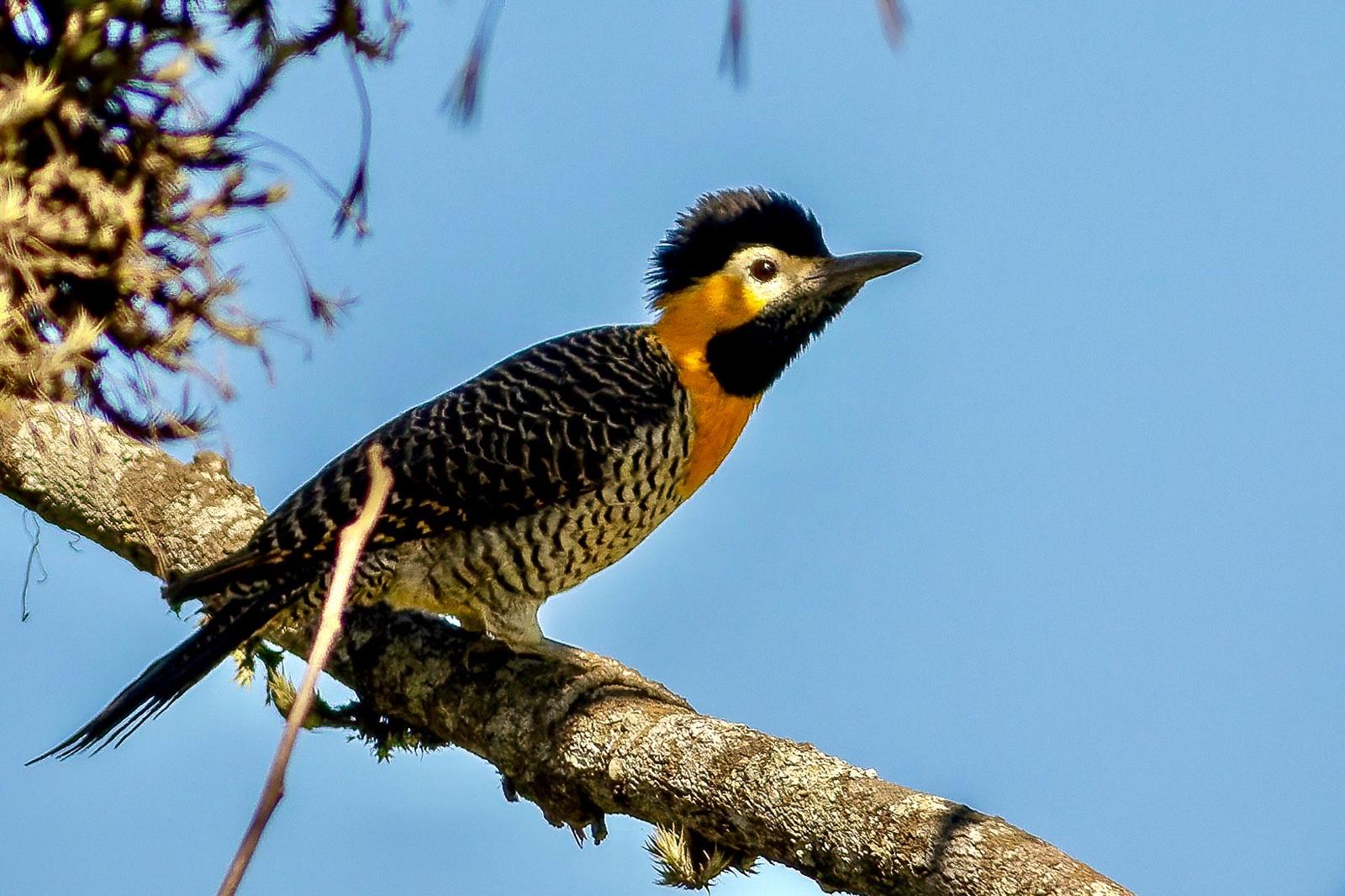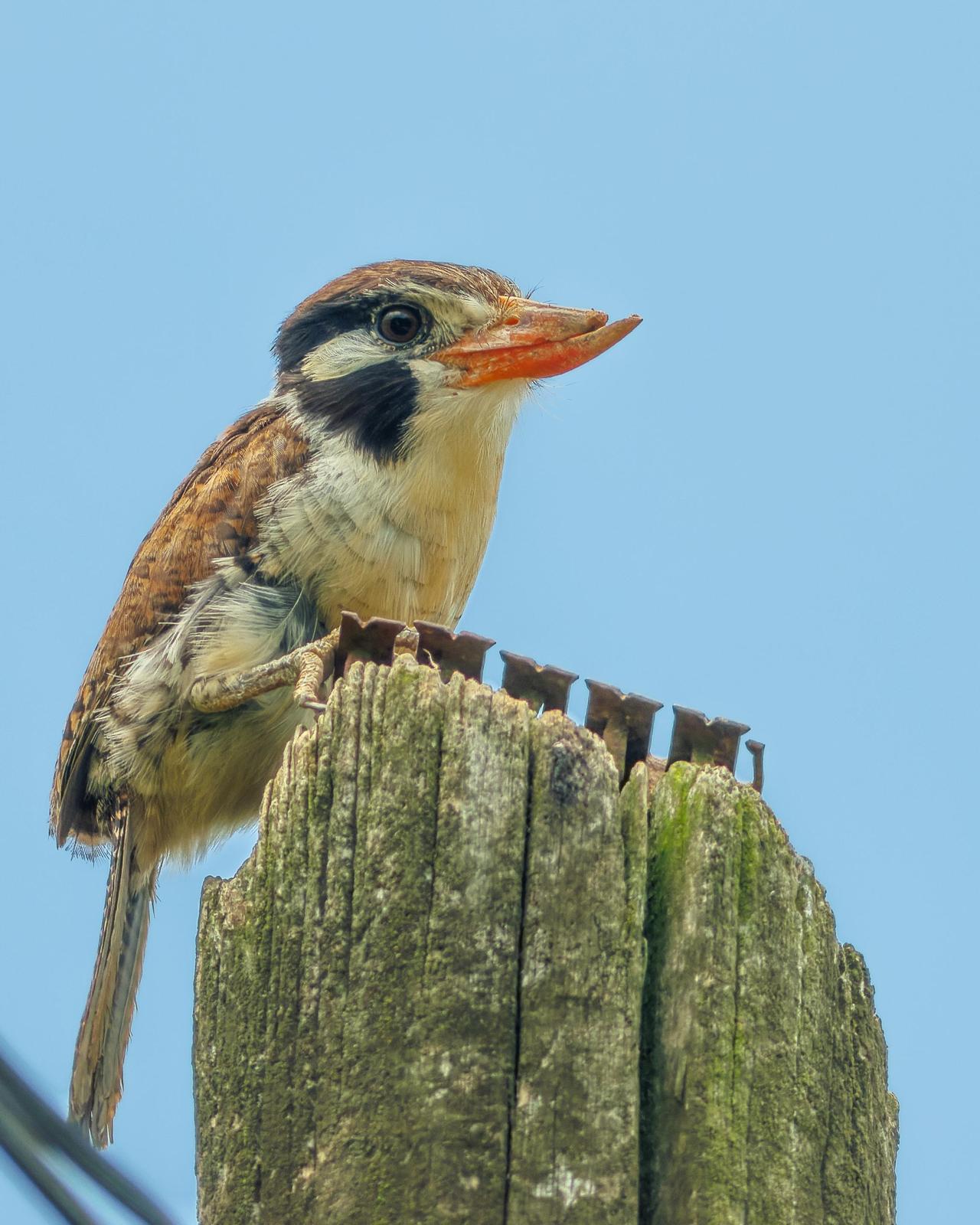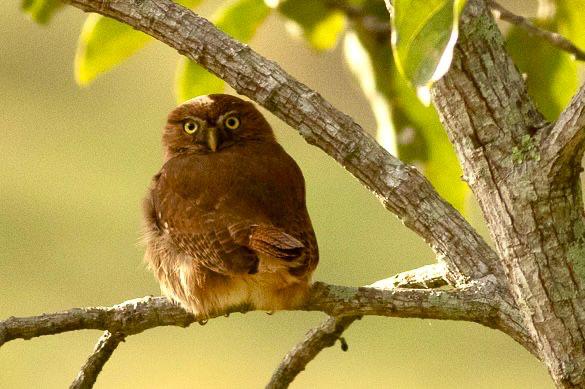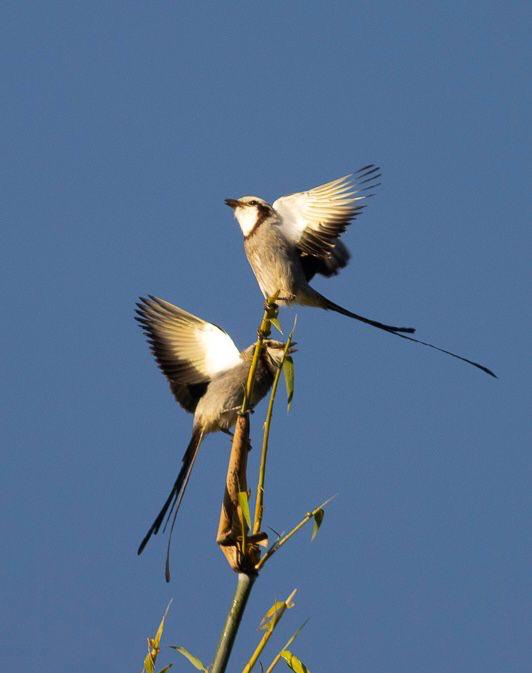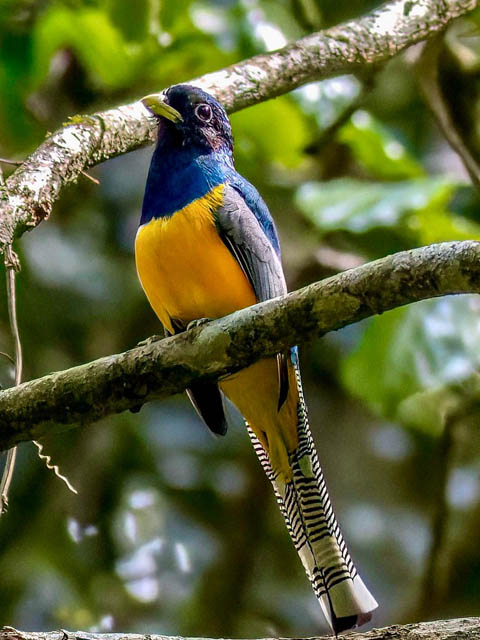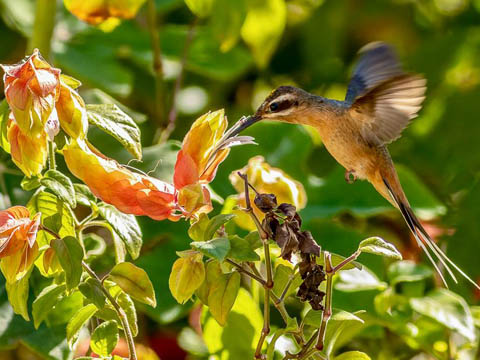Gray-headed Tody-Flycatcher
(Rodirostrum poliocephalum)
Teque-teque (Port.)
Global IUCN status: LC (least concern)
Photographed at Chácara Maria Rosa, Valença, RJ.
Photo: Sandra Beltrão
https://www.instagram.com/sbeltraony
https://www.wikiaves.com.br/ wiki/teque-teque
(Rodirostrum poliocephalum)
Teque-teque (Port.)
Global IUCN status: LC (least concern)
Photographed at Chácara Maria Rosa, Valença, RJ.
Photo: Sandra Beltrão
https://www.instagram.com/sbeltraony
https://www.wikiaves.com.br/ wiki/teque-teque
Gilt-edged Tanager
(Tangara cyanoventris)
Saíra-douradinha (Port.)
IUCN Status: Least Concern (LC)
Photographed in Miguel Pereira, RJ
Photo: Sandra Beltrão
https://www.instagram.com/sbeltraony
https://www.wikiaves.com.br/ wiki/saira-douradinha
(Tangara cyanoventris)
Saíra-douradinha (Port.)
IUCN Status: Least Concern (LC)
Photographed in Miguel Pereira, RJ
Photo: Sandra Beltrão
https://www.instagram.com/sbeltraony
https://www.wikiaves.com.br/ wiki/saira-douradinha
Saw-billed Hermit
(Ramphodon naevius)
Beija-flor-rajado (Port.)
IUCN status: near-threatened
Photographed at Sítio Macuquinho birding lodge, Salesópolis, São Paulo
Photo: Sandra Beltrão
https://www.instagram.com/sbeltraony
https://www.wikiaves.com.br/ wiki/beija-flor-rajado
(Ramphodon naevius)
Beija-flor-rajado (Port.)
IUCN status: near-threatened
Photographed at Sítio Macuquinho birding lodge, Salesópolis, São Paulo
Photo: Sandra Beltrão
https://www.instagram.com/sbeltraony
https://www.wikiaves.com.br/ wiki/beija-flor-rajado
Ringed Kingfisher
(Megaceryle torquata)
Martim-pescador-grande (Port.)
Photo: Sandra Beltrão
https://www.instagram.com/sbeltraony
https://www.wikiaves.com.br/ wiki/martim-pescador-grande
(Megaceryle torquata)
Martim-pescador-grande (Port.)
Photo: Sandra Beltrão
https://www.instagram.com/sbeltraony
https://www.wikiaves.com.br/ wiki/martim-pescador-grande
Black-billed Scythebill
Campylorhamphus falcularius
Arapaçu-de-bico-torto
Global IUCN status: Least concern (LC)
Photo: Sandra Beltrão
https://www.instagram.com/sbeltraony
https://www.wikiaves.com.br/ wiki/arapacu-de-bico-torto
Campylorhamphus falcularius
Arapaçu-de-bico-torto
Global IUCN status: Least concern (LC)
Photo: Sandra Beltrão
https://www.instagram.com/sbeltraony
https://www.wikiaves.com.br/ wiki/arapacu-de-bico-torto
Spix’s Spinetail
Synallaxis spixi
Global IUCN status: Least concern (LC)
Photo: Sandra Beltrão
https://www.instagram.com/sbeltraony
https://www.wikiaves.com.br/ wiki/joao-tenenem
Synallaxis spixi
Global IUCN status: Least concern (LC)
Photo: Sandra Beltrão
https://www.instagram.com/sbeltraony
https://www.wikiaves.com.br/ wiki/joao-tenenem
Brazilian Tanager
Ramphocelus bresilia
IUCN Status: Least Concern (LC)
Photo: Sandra Beltrão
https://www.instagram.com/sbeltraony
https://www.wikiaves.com.br/ wiki/tie-sangue
Ramphocelus bresilia
IUCN Status: Least Concern (LC)
Photo: Sandra Beltrão
https://www.instagram.com/sbeltraony
https://www.wikiaves.com.br/ wiki/tie-sangue
Ringed Kingfisher
Megaceryle torquata
Martim-pescador-grande
Global IUCN status: Least concern (LC)
Photo: Sandra Beltrão
https://www.instagram.com/sbeltraony
https://www.wikiaves.com.br/ wiki/martim-pescador-grande
Megaceryle torquata
Martim-pescador-grande
Global IUCN status: Least concern (LC)
Photo: Sandra Beltrão
https://www.instagram.com/sbeltraony
https://www.wikiaves.com.br/ wiki/martim-pescador-grande
Campo Flicker
Colaptes campestris
Pica-pau-do-campo (Port.)
Global IUCN status: Least concern (LC)
Photo: Sandra Beltrão
https://www.instagram.com/sbeltraony
https://www.wikiaves.com.br/ wiki/pica-pau-do-campo
Colaptes campestris
Pica-pau-do-campo (Port.)
Global IUCN status: Least concern (LC)
Photo: Sandra Beltrão
https://www.instagram.com/sbeltraony
https://www.wikiaves.com.br/ wiki/pica-pau-do-campo
White-eared Puffbird
Nystalus chacuru
João-bobo
IUCN Status: Least Concern (LC)
Photo: Sandra Beltrão
https://www.instagram.com/sbeltraony
https://www.wikiaves.com.br/ wiki/joao-bobo
Nystalus chacuru
João-bobo
IUCN Status: Least Concern (LC)
Photo: Sandra Beltrão
https://www.instagram.com/sbeltraony
https://www.wikiaves.com.br/ wiki/joao-bobo
Ferruginous Pygmy-Owl
Glaucidium brasilianum
Caburé (Port.)
Global IUCN status: Least concern (LC)
Photo: Sandra Beltrão
https://www.instagram.com/sbeltraony
https://www.wikiaves.com.br/wiki/cabure
Glaucidium brasilianum
Caburé (Port.)
Global IUCN status: Least concern (LC)
Photo: Sandra Beltrão
https://www.instagram.com/sbeltraony
https://www.wikiaves.com.br/wiki/cabure
Streamer-tailed Tyrant
Gubernetes yetapa
Tesoura-do-brejo (Port.)
Global IUCN status: Least concern (LC)
Photo: Sandra Beltrão
https://www.instagram.com/sbeltraony
https://www.wikiaves.com.br/ wiki/tesoura-do-brejo
Gubernetes yetapa
Tesoura-do-brejo (Port.)
Global IUCN status: Least concern (LC)
Photo: Sandra Beltrão
https://www.instagram.com/sbeltraony
https://www.wikiaves.com.br/ wiki/tesoura-do-brejo
Atlantic Black-throated Trogon (Trogon chrysochloros)
Surucuá-dourado (Port.)
Global IUCN status: Least concern (LC)
Photo: Sandra Beltrão
https://www.instagram.com/sbeltraony
Surucuá-dourado (Port.)
Global IUCN status: Least concern (LC)
Photo: Sandra Beltrão
https://www.instagram.com/sbeltraony
Humming Bird
Planalto Hermit (Phaethornis pretrei) - Rabo-branco-acanelado.
Photo: Sandra Beltrão
https://www.instagram.com/sbeltraony
Planalto Hermit (Phaethornis pretrei) - Rabo-branco-acanelado.
Photo: Sandra Beltrão
https://www.instagram.com/sbeltraony

